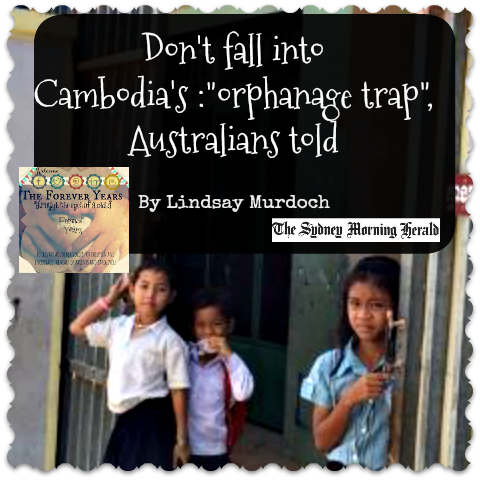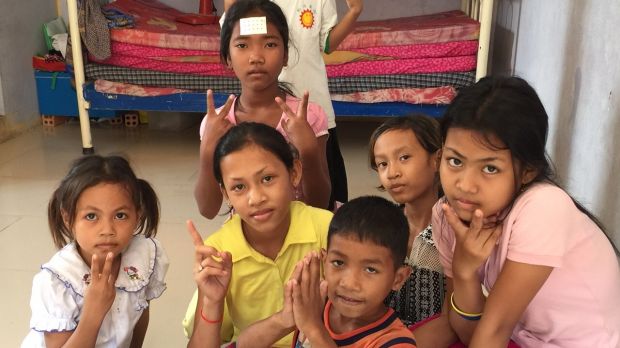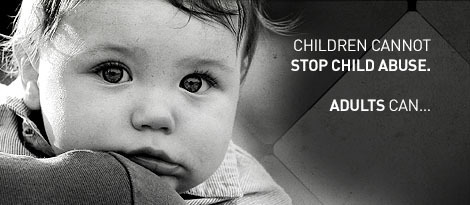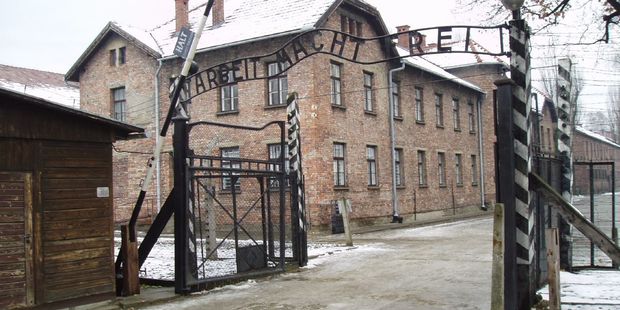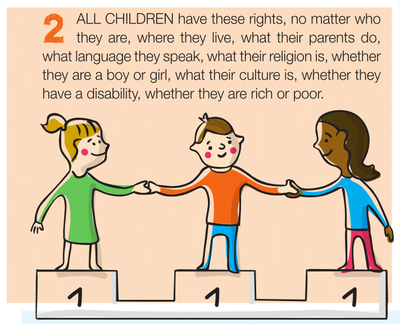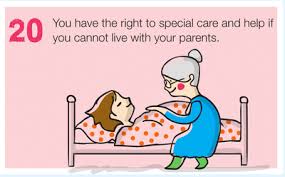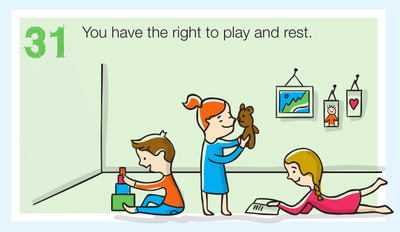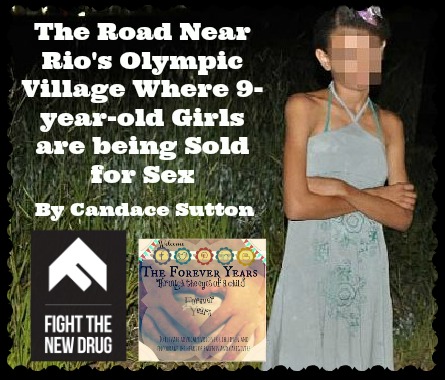
Around a bend on one of Brazil’s longest highways, only a 50-minute drive from Rio de Janeiro’s Olympic village, girls as young as nine are selling their bodies to truck drivers for money.
Just a few miles from the glittering new stadiums where the world’s elite athletes are gathering to battle it out for Olympic gold is a shabby world of poverty, violence and child exploitation.
The BR-116 runs for 2800 miles between the World Cup stadium host city Fortaleza in the far north of Brazil to Brazil’s largest city Sao Paulo, where the Arena de Corinthians will stage Olympic soccer games in the south.
The road is nicknamed the Highway of Death (Rodovia da Morte) for its mortality rate due to many accidents and unstable weather and conditions along the route.
But its real misery occurs at 262 truck stops along its way, where female children are sold for sex, often by their own families, sometimes as part of a town’s unofficial bartering system.
 Two underage sex slaves near the football stadium in Fortaleza, Brazil before the 2014 World Cup soccer. Picture: BBC. Source:Supplied
Two underage sex slaves near the football stadium in Fortaleza, Brazil before the 2014 World Cup soccer. Picture: BBC. Source:Supplied
As more than 10,000 athletes and spectators fly in from around the world for the $10 billion 2016 summer Olympics, local activists are drawing attention to the reality of the young girls drawn into a life of sex slavery and drug addiction.
At Meninadanca, an organization established to stop the exploitation of at-risk girls in towns along the BR-116, the real life stories are mind blowing.
When a Meninadanca team visited the remote town of Candido Sales, which is bisected by the BR-116, they discovered that underage girls in the town were regularly offered to men as prizes in raffles.
(Related: How To Spot (And Rescue A Sex Trafficking Victim)
Trucks and heavy goods vehicles clog the road lined with bars and brothels through the town, just miles away from the dirt brick homes where Brazilian families live in poverty.
 Child prostitutes as young as 11 work in this slum which lines the fence of the 2016 Olympic football stadium in Sao Paulo. Picture: Jota Roxo. Source:Supplied
Child prostitutes as young as 11 work in this slum which lines the fence of the 2016 Olympic football stadium in Sao Paulo. Picture: Jota Roxo. Source:Supplied
Sex trafficking gangs target the town and poor families are vulnerable to offers of money for their little girls.
But even the Meninadanca workers were surprised when a town council psychologist told them raffles were held regularly with the winning ticket holder’s prize being the right to abuse a particular girl being sold.
The psychologist Gleyce Farias said “Candido Sales is a small town, but every day we hear of another girl who has been sold.
“I had to stop a mother from allowing her 12-year-old daughter to ‘marry’ a 60-year-old man, for money of course.
“Another 13-year-old girl ended up in hospital because of the abuses she suffered. She told us how from the age of nine she was made to watch pornographic films, and men would pay her to touch them.”
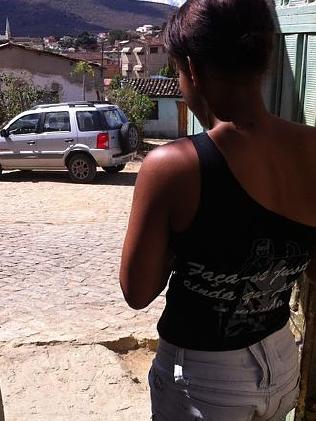 By the age of 13, Lilian (above) had been sold to truck drivers by her mother for $4 a time. Picture: Matt Roper. Source:Supplied
By the age of 13, Lilian (above) had been sold to truck drivers by her mother for $4 a time. Picture: Matt Roper. Source:Supplied
 Leidiane, 11, worked on the BR-116 highway but became addicted to crack and couldn’t be saved. Picture: Matt Roper. Source:Supplied
Leidiane, 11, worked on the BR-116 highway but became addicted to crack and couldn’t be saved. Picture: Matt Roper. Source:Supplied
As the Rio Olympics are now underway, Meninadanca is attempting to lure the world media’s attention away from the excitement of the games to the confronting scenes beyond.
Matt Roper, a journalist and author, has held a walk of the BR-116 and Meninadanca’s Facebook page has an “adopt a kilometer” program on me for each section of the highway to raise money for the non-government organization.
As the final preparations are made on Rio’s 32 sporting venues, and last minute concerns centre on the Zika virus, Russia’s doping ban and pollution at the Guanabara Bay sailing ground, Meninadanca is tying pink ribbons along the highway.
Roper has helped establish ‘pink house’ refuges for girls rescued from the highway, although he admits many times it is too late.
(To read more of this article, please follow the link below…)
http://fightthenewdrug.org/the-road-near-rios-olympic-village-where-9-year-old-girls-are-being-sold-for-sex-photos/





